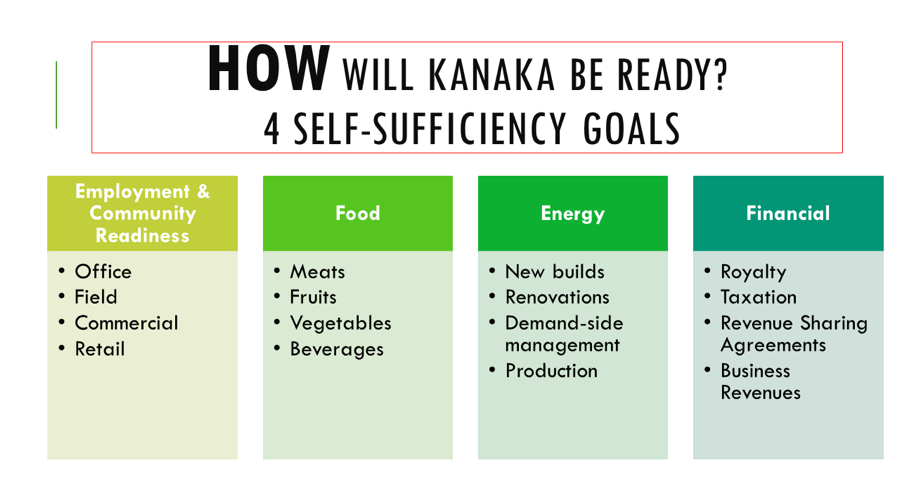Extreme heat and the resultant forest fires are an annual occurrence in Canada. The impacts can be devastating for communities and could alter Earth’s climate. There is growing recognition that Indigenous fire stewardship has a positive long-term impact on managing forests and mitigating the risk of uncontrollable fires around the world.
Indigenous fire stewardship (IFS) is the use of fire by diverse Indigenous people to assist in “responding to climate and local environmental conditions to promote desired landscapes, habitats, [and] species.” IFS serves “to increase the abundance of favored resources to sustain knowledge systems, ceremonial, and subsistence practices, economies, and livelihoods.” Indigenous fire stewardship practices are collaborative and attempt to support communities to become more “fire dependent” by enhancing a community’s reliance on fire to create optimal conditions in the landscape that support a community’s livelihood and capacity to protect the ecosystem from the adverse impacts of wildfires. This compares to simply being “fire adaptive” and remaining “informed and prepared” to “safely coexist with wildland fire.”
Diverse Indigenous nations are implementing fire stewardship practices and are “revitalizing traditional burning” to develop “wildfire mitigation strategies that can maintain or enhance cultural attributes of First Nations communities.” Also referred to as “cultural burning” the controlled burning of dead grass, for example, improves the habitat for some animal species, and encourages new vegetation. Drawing from intergenerational knowledge about fire and sharing “beliefs and practices among fire-dependent cultures,” IFS consists of a combination of “fire regimes, fire effects, and the role of cultural burning in fire-prone ecosystems and habitats.” The impact of IFS on Indigenous communities is strongest where there is also a connection between rural wildland and urban regions, and where a combination of permanent and seasonal human settlements exists, along with trails and roads that involve managed habitats for food, among other gifts of Mother Nature.
Along the West Coast of the United States (i.e., region of California), the Karuk Tribe and the Yurok Tribe have engaged in partnerships with the Nature Conservancy Training Exchange (TREX) and the Western Klamath Restoration Partnership to ensure that Indigenous fire stewardship practices are implemented across multiple tribal, federal, and private lands and jurisdictions. In another example, The First Nations Adapt Program, funded by Indigenous Services Canada, assesses “climate change vulnerabilities and [identifies] Indigenous cultural values and traditional burning knowledge.” The partnership of The First Nations Emergency Services Society – Forest Fuel Management (FFM) and three First Nations communities, the Shackan Indian Band, Xwisten (Bridge River First Nation) and the Yunesit’n National Government, has resulted in key educational outcomes including a storytelling project and videos from the Shackan and Xwisten Indian Bands, outlining the importance of cultural burning revitalization.
Given that complete fire suppression is impossible, fire can be used as a tool for forest management. In turn, centuries-old Indigenous practices of controlled burning – fighting fire with fire – must become part of a global solution to reduce the risk of wildfires ravaging the planet.
By Leela Viswanathan
(Image Credit: Matt Palmer, Unsplash)



